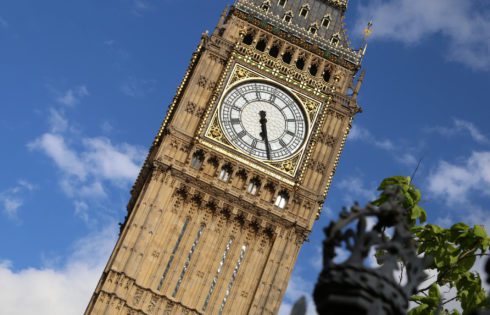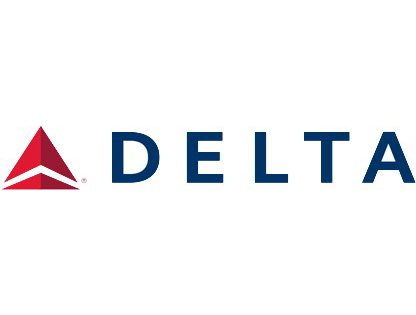
Partner Flights to Europe with Delta SkyMiles Are Even More Expensive Than I Thought
The other day I wrote about the latest Delta devaluation that increased partner awards to different regions (and came with no notice). One of the silver linings to the recent


